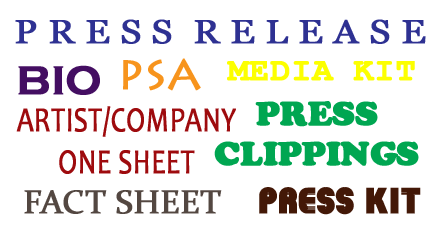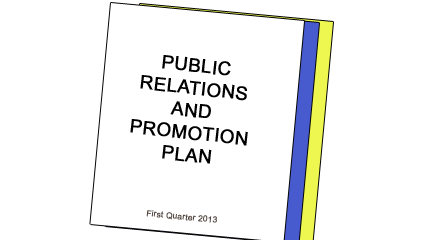by Louise M Moore
(Originally published May 22, 2010)
Sports superstars Venus and Serena Williams may not be public relations professionals but the strategies they employ when dealing with controversy are certainly worth noting. Why? Because they work. I cannot help but take note of the important PR lessons I've observed from the two sisters.
On May 17, 2010 the sisters returned to the top of the Women's Tennis Association singles ranking. Serena retained her #1 ranking and Venus ascended to #2 making this the first time since May 2003 that the sisters have held the WTA top two spots. And, this achievement within itself is part of the public relations and imaging lessons that the famous sports sisters continue to issue.
Over the years, the Williams sisters have gotten plenty of practice in public relations thanks to accusations of fixed matches when playing against each other, criticism of a light tournament schedule and too many outside interests. And, of course, the biggest imaging lesson of all came from Serena's outburst at the 2009 U.S. Open which generated more bad publicity than anyone would ever want. Yet, I am amazed at how the Williamses handle it all. I'm not privy to their philosophy when dealing with controversial matters but if you just look at the span of their career and how they've handled controversy, you can extract a myriad of public relations lessons that we could all draw on. Here are a few.
Do not exploit your weaknesses or make excuses for them. No matter what your weakness may be, keep it to yourself. Do not make excuses if you did not perform well. Just resolve to do better next time. Venus and Serena are masters at this. They often go into tournaments with obvious injuries but, win or lose, they refuse to discuss their ailments as a factor of the outcome. Like most professional athletes, they know how to play through the pain and, if by chance they don't come out victorious, blaming the loss on their injury is not an option.
Be yourself. Being comfortable with who you are, is probably the greatest part of having a positive image. Like them or not, no one can accuse the Williams sisters of being someone they are not. They seem to care less about what people think and more about living their lives without inhibitions. Perhaps Venus knew heads would turn when she opted to wear flesh-colored shorts under her little yellow dress at the 2010 Australian Open but she did it anyway and as a result some were saying it was bare-buttocks under that slit dress. Seriously! And, we know all too well that Serena has no qualms about wearing revealing tennis attire; though her recent on-court clothing choices have been rather conservative compared to those earlier episodes of the catsuit and tight-fitting outfits exposing her midriff. Maybe it's the wisdom of age that has prompted her to dress more conservatively but regardless, she has pretty much done what she wanted without apology to her critics. She and Venus seem rather comfortable in their own skin.
Never stop. Show up anyway. Regardless of what happens in your business or what people say about you, you have to keep going. The only other option is to quit or die. I do not think you would want to do either. But by showing up at events even after a great controversy or mishap, you are facing the problem head-on and letting people know that you have nothing to hide and that you want to make amends. After Serena's foul-mouthed outburst against a line judge at the U.S. Open, some public relations professionals might have suggested she withdraw from any public appearances, at least for awhile, in order to let the whole mess play itself out. But guess what? Serena's new book "On the Line" had just been released so she probably already had several media interviews scheduled. Yet, no one would have been surprised if all of a sudden, those interviews were canceled; but the important lesson here is that she faced the controversy head-on. Yes, her appearances on all the national morning news shows, late night shows and various talk shows were somewhat awkward but she still showed up.
Keep winning. The funny thing about winning and being successful is that it seems to make little all of your controversies or failures. Keep being successful in your life and career and watch all of the negativity become minuscule. Since the International Tennis Federation didn't immediately suspend Serena and took its time deciding punishment for the outburst at the U.S. Open, she just kept on competing. For Serena to continue to win in the midst of the controversy was by far the best damage control. By the time the ITF decided her punishment, Serena had already won the year-end WTA competition and the U.S. Open doubles championship with sister Venus. Plus, Serena had regained her top ranking to finish the year at #1. Essentially, while the ITF was contemplating her fate, Serena was making a statement to the tennis governing body that she was still important to the sport, despite her moment of terrible indiscretion.
Over the years, Venus and Serena have remained constant and the strategies they have used-intentionally or not-seem to work again and again. If it's not broken, I guess there's no need to fix it.
Article Source: http://EzineArticles.com/4344379















